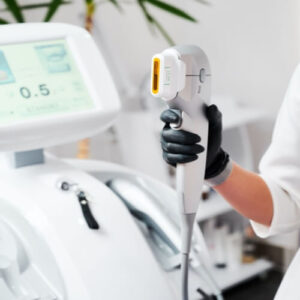Types of tuberculosis: knowing the most important
As we mentioned before, it is possible that tuberculosis bacteria will spread from the lungs and reach other parts of the body, and therefore the types of tuberculosis can be classified according to the place of infection as follows:
1. Pulmonary tuberculosis
Any condition in which tuberculosis bacteria spreads mainly in the lungs, and this type often refers to the active type of tuberculosis, in addition to the general symptoms of active tuberculosis, this type of tuberculosis is characterized by the following symptoms:
- A persistent cough for 3 weeks or more.
- cough up blood
- Shortness of breath.
2. Extrapulmonary tuberculosis
These types of tuberculosis differ in that they affect other parts of the body outside the lung area and their symptoms depend mainly on the area infected with these tuberculosis bacteria. The most common types of tuberculosis outside the lung are:,
-
Tuberculosis lymphadenitis (tuberculous lymphadenitis)
This is the most common type of extrapulmonary TB, as it tends to affect the cervical lymph nodes, which are the lymph nodes in the neck, but all lymph nodes in the body can be affected.
Swollen nodes may be the only symptom seen with such infections, but tuberculous plantar fasciitis can also cause:
- Heat.
- tiredness.
- Unexplained weight loss.
- night sweats
-
Tuberculous pericarditis
It occurs when tuberculosis spreads to the pericardium, which is the part of the two thin tissue layers separated by fluid that surrounds and holds the heart in place.
This type of infection may appear in different forms, including; Constrictive pericarditis, or contracted pericarditis, its main symptoms are:
- chest pain;
- flickering;
- Shortness of breath.
- cough;
- Heat.
-
Gastrointestinal Tuberculosis (TB)
Symptoms of this type of extrapulmonary TB depend on the area of the digestive tract affected and may often include:
- Abdominal pain.
- anorexia.
- diarrhea and constipation;
- Weight loss.
- Nausea and vomiting.
It occurs when TB affects the liver organ, accounts for less than 1% of all TB infections, and can spread to the liver from the lungs, gastrointestinal tract, or portal vein.
The main symptoms include:
- Pain in the upper part of the liver.
- The hepatomegaly.
- jaundice;
- high grade fever;
-
Cutaneous tuberculosis
This is a rare species, characterized by its ability to spread to other parts of the body, and its prominent symptoms are ulcers and lesions in various areas such as the elbows, hands and feet.
The types of extrapulmonary TB are not limited to what was previously mentioned, they may also include the following:
- skeletal tuberculosis.
- Military tuberculosis.
- Genitourinary tuberculosis.





